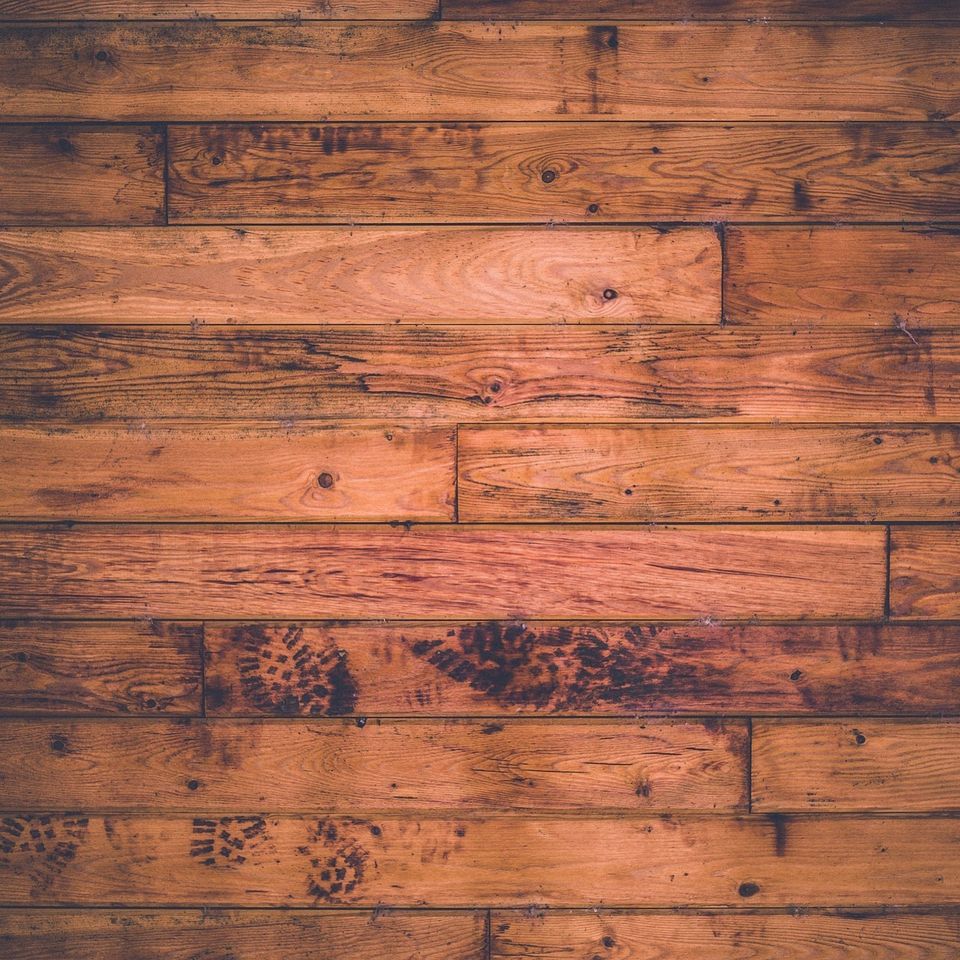
What is Engineered Hardwood?
What is Engineered Hardwood?
Engineered hardwood flooring stands as a more than viable alternative to solid hardwood flooring particularly when you’re looking to install below grade (in a basement for example), or on concrete. Engineered hardwood floors are made up of a top layer of a real hardwood species and a core, typically consisting of multiple plywood layers laminated together to form a durable plank, or in some cases HDF (high density fiberboard). The stacking of the layers is designed to counteract the natural tendency of hardwoods to expand, contract, warp, or cup when exposed to different environmental factors. This makes engineered hardwood flooring an excellent alternative in geographical areas that have excessive moisture, or in building spaces otherwise unsuited for solid hardwood. Also, many engineered floors offer a floating floor option, allowing installation on a concrete subfloor, as long as the subfloor is clean, dry, and level.
While engineered flooring tends to be more resistant to moisture in general, it is recommended that a vapor barrier be used between the subfloor and the engineered hardwood flooring just as you would with laminate flooring. Further, the option to glue-down engineered hardwood flooring directly to a concrete subfloor is also available. With the glue-down option, the adhesive can work as a sort of built-in vapor barrier, filling in the role otherwise played by underlayment. Unlike solid hardwood flooring, engineered hardwood flooring also gives you the option of installing over radiant heat sources as well, lending additional flexibility.
Engineered hardwood flooring offers many extra advantages, including a very important one: that of a lower price than solid hardwood. Engineered hardwood flooring can provide all the aesthetic value of solid hardwood flooring, but at a fraction of the price. It is often the best choice to consider for ease of installation as well and is a natural choice for basement installations over concrete. With this application, you can enjoy the aesthetic qualities of solid hardwood flooring in an area where solid hardwood flooring would be an ill-advised option.
Engineered hardwood flooring is an extremely good idea if you want to duplicate the look and feel of solid hardwood but are limited by environment or location issues, or even if you are bound by budgetary constraints. Engineered hardwood flooring stands alone as a completely different style of flooring, with unique advantages that even solid hardwood can’t match when you are faced with certain installation concerns.
Engineered hardwood flooring stands as a more than viable alternative to solid hardwood flooring particularly when you’re looking to install below grade (in a basement for example), or on concrete. Engineered hardwood floors are made up of a top layer of a real hardwood species and a core, typically consisting of multiple plywood layers laminated together to form a durable plank, or in some cases HDF (high density fiberboard). The stacking of the layers is designed to counteract the natural tendency of hardwoods to expand, contract, warp, or cup when exposed to different environmental factors. This makes engineered hardwood flooring an excellent alternative in geographical areas that have excessive moisture, or in building spaces otherwise unsuited for solid hardwood. Also, many engineered floors offer a floating floor option, allowing installation on a concrete subfloor, as long as the subfloor is clean, dry, and level.
While engineered flooring tends to be more resistant to moisture in general, it is recommended that a vapor barrier be used between the subfloor and the engineered hardwood flooring just as you would with laminate flooring. Further, the option to glue-down engineered hardwood flooring directly to a concrete subfloor is also available. With the glue-down option, the adhesive can work as a sort of built-in vapor barrier, filling in the role otherwise played by underlayment. Unlike solid hardwood flooring, engineered hardwood flooring also gives you the option of installing over radiant heat sources as well, lending additional flexibility.
Engineered hardwood flooring offers many extra advantages, including a very important one: that of a lower price than solid hardwood. Engineered hardwood flooring can provide all the aesthetic value of solid hardwood flooring, but at a fraction of the price. It is often the best choice to consider for ease of installation as well and is a natural choice for basement installations over concrete. With this application, you can enjoy the aesthetic qualities of solid hardwood flooring in an area where solid hardwood flooring would be an ill-advised option.
Engineered hardwood flooring is an extremely good idea if you want to duplicate the look and feel of solid hardwood but are limited by environment or location issues, or even if you are bound by budgetary constraints. Engineered hardwood flooring stands alone as a completely different style of flooring, with unique advantages that even solid hardwood can’t match when you are faced with certain installation concerns.





